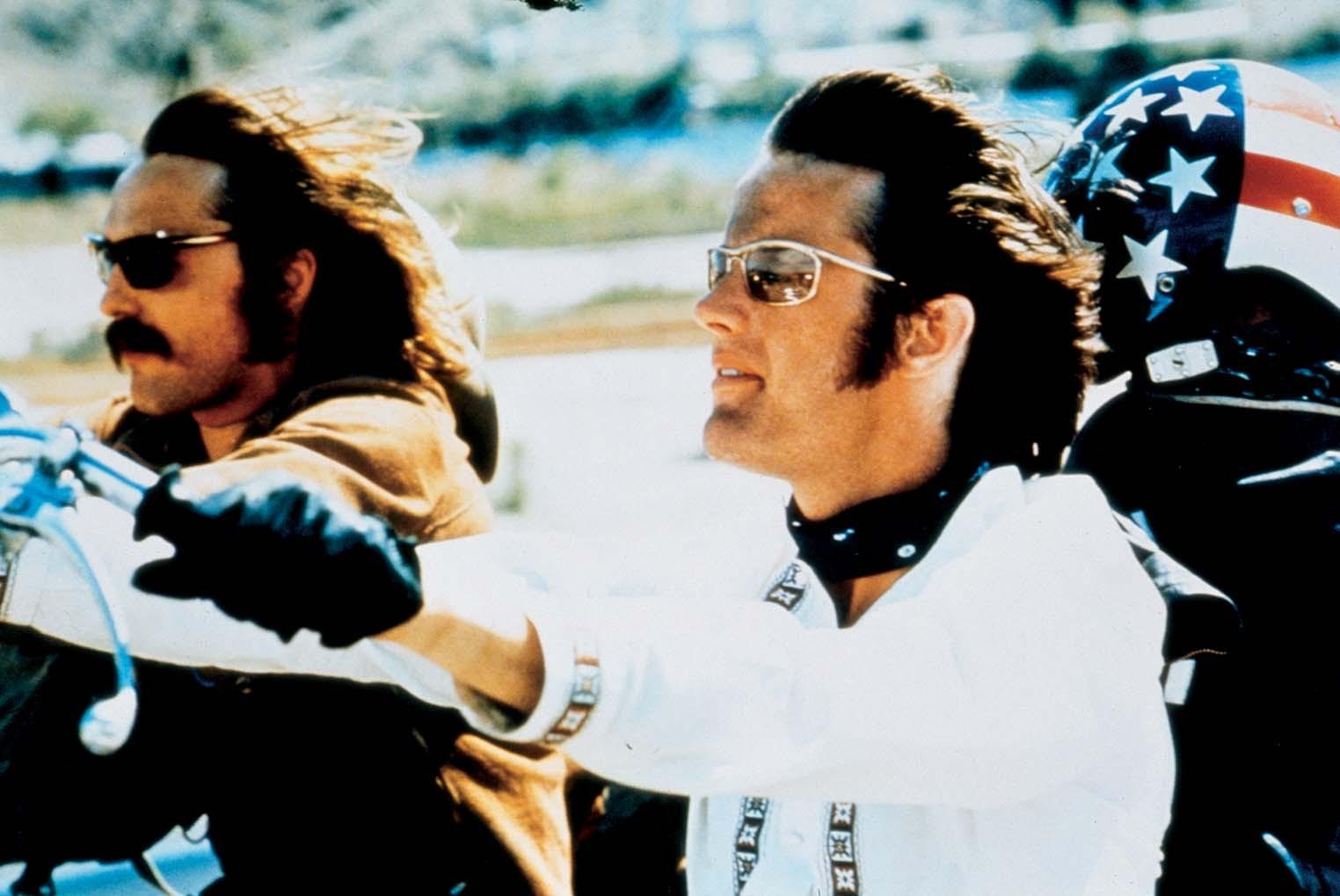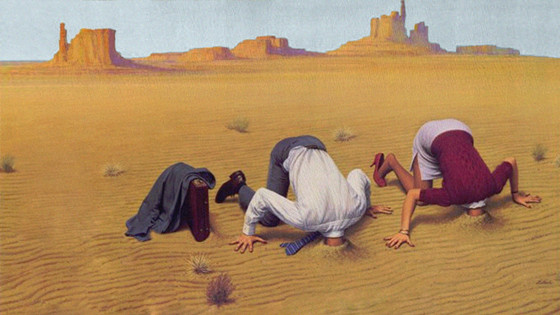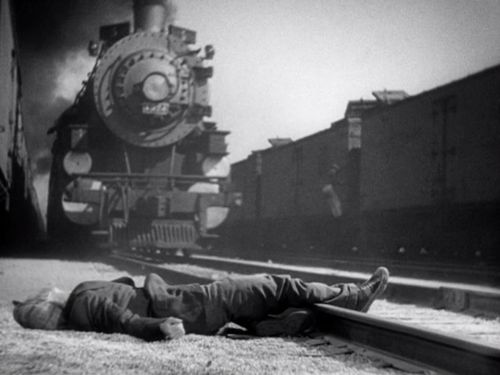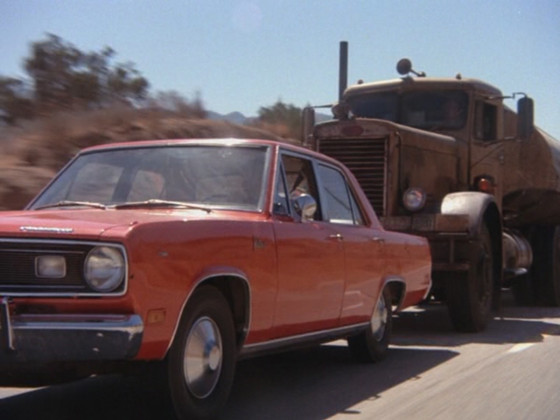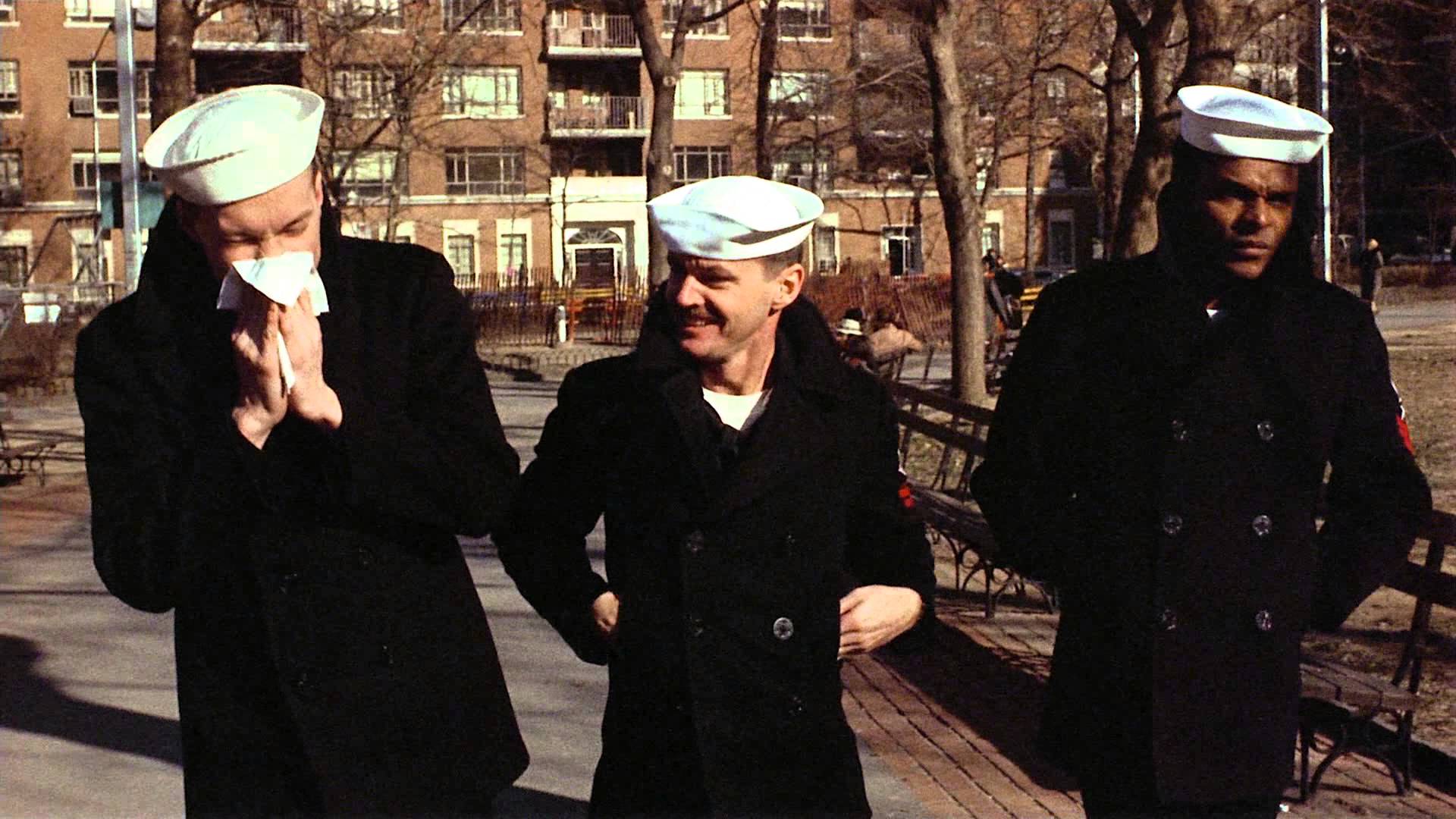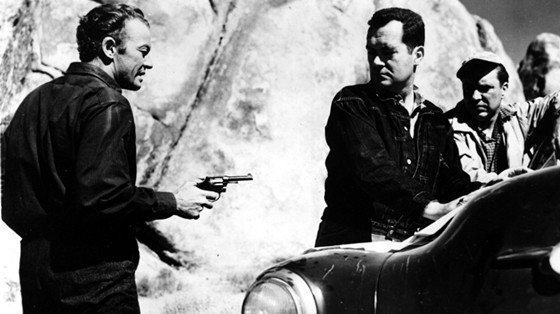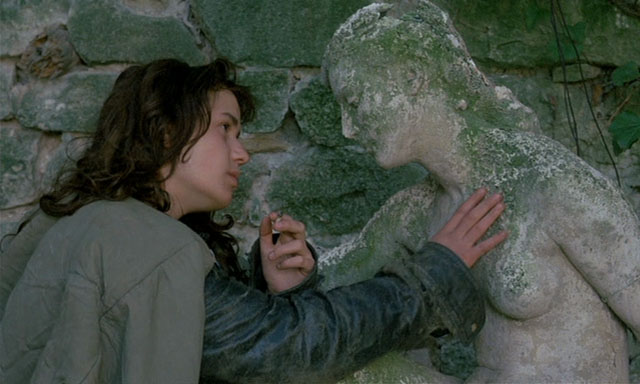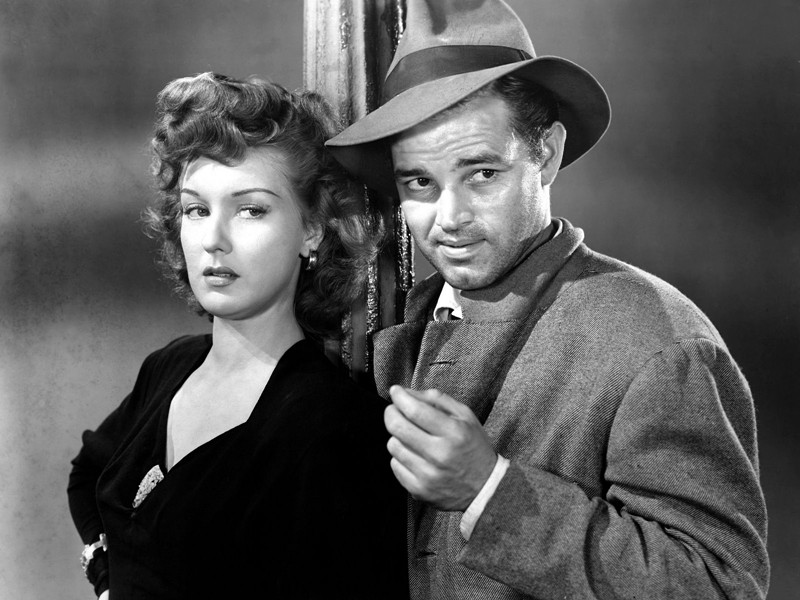“The theme of the journey,” Federico Fellini once stated in an interview, “is one of the great foundations of the art of narration.” This idea proves true in road films, both literally and figuratively. Movies that emphasize both an inward and outward journey, on a conscious level, constitute a genre in which people travel, often to escape, vacation, see something new, have an adventure, or satisfy their own wanderlust.
While films have portrayed these wanderings for little over a century, the concept has been in literature for millennia. What is The Odyssey if not an Ancient Greek version of the modern-day road trip? Some might wonder whether such a journey must entail an actual road, or in modern times, a car.
What is more important than the actual means of conveyance—road, ocean, railway track, car, ship, or airplane—is the idea of the road as metaphor. Ultimately, such stories fuel both our imagination about what is possible, and about how our lives can be changed through experiences of travel, meeting new people and visiting unfamiliar places.
Moreover, they are metaphors for human life and inner transformation, which cut across any singular notion of genre. The malleability of the narrative possibilities of the road film enables the genre to meld with and be permeated by other genres, including thrillers, horror, comedies, musicals, and melodrama.
Road films are about individuals and an inner metamorphosis that takes place en route, but they are also about a culture and society in a particular time and place. Not surprisingly, they often become signifiers of social upheaval and economic catastrophe, most notably The Great Depression and the turbulent era of the 1960s.
Road films owe a lot of their success and development to the expansion of U.S. highways and the proliferation and affordability of automobiles. With an increasingly mobile population and routes throughout the country connecting small towns to large cities, this genre has some very American roots.
The car has always been a symbol of American independence and freedom: one can explore the vast landscape (reminiscent of the Western genre and Western expansionism and conquest) and discover one’s self through others. The increase in the production of automobiles and car ownership after World War II, coupled with government-subsidized road construction, ensured that more Americans would prefer the independence, control, and freedom of traveling on the open road.
Perhaps for this reason, the genre often connotes an alignment with masculinity where male desire and privilege take center stage. However, like all genres, it is constantly being redefined and evolving according to the cultural, social, and political changes of the time to include different voices and perspectives.
25. Lost in America (1985)
When couples and families in road films embark on a trip, it is often to go on vacation. What makes this film different is the way it questions the idea and myth central to the American Dream.
Linda and David Howard decide to leave the comfort of their jobs and buy a Winnebago, see the country, and live with fewer obligations and less responsibility in order to capture what they feel they have missed. Not surprisingly, things do not go as planned.
What seems like a welcome opportunity to abandon their middle class lifestyle turns into a series of unexpected and unfortunate events accompanied by honest reflection about themselves and their relationship. A few references to Easy Rider also give the film a self-reflexive aspect and nod to the road movie genre.
24. Wild Boys of the Road (1933)
Set during the Depression, the film starts out as a lighthearted look at teenagers going to their school dance. It doesn’t take long for the story to shift gears when first Tommy’s, then Eddie’s father loses his job. Both boys feel they’ll be less of a burden if they leave and go out in search of a job. Like many other kids, they get around by sneaking onto railroad trains and surviving any way they can. When Eddie and Tommy meet Sally, their luck seems as if it might change; however, this feeling is fleeting.
The film takes a hard look at the difficulties of eking out a living on the road, as the teenagers face hunger, physical violence, and lack of shelter. This is an overlooked classic from Hollywood’s pre-code era.
23. Duel (1971)
Originally a TV movie by Steven Spielberg, its popularity eventually led to its being screened in movie theaters. The film sets up the public road drama with domestic tension in the form of power inequality and arguments. The title suggests that modern day incidents of vehicular violence for perceived slights or bad driving are new forms of channeling aggression and defending one’s honor. It anticipates the phrase “road rage” and takes it to its inevitable extreme.
Spielberg uses the isolation and vastness of the open road to play out the cat and mouse game between David Mann and an anonymous truck driver whose identity or face is never revealed, making his motives all the more ominous. Joyride would later take up a similar concept.
22. The Last Detail (1973)
After getting caught trying to steal money from the charity fund sponsored by the admiral’s wife, Larry Meadows (Randy Quaid) is escorted by Buddusky (Jack Nicholson) and Mule (Otis Young) to the navy jail in New Hampshire. Because Meadows is young and naïve and has experienced very little, both men feel it their responsibility to show him a good time and educate him in how to become a man before delivering him to the military authorities.
The film takes a humorous, yet earnest, approach, in its depiction of how men in the military bond, and this is gradually revealed through brief vignettes that the trio experience along the way. Directed by Hal Ashby, the film combines the director’s usual interest in eccentric characters and subtle social commentary.
21. The Hitchhiker (1953)
In his , “An Informal History of Hitchhiking,” John T. Schlebecker writes, “The hitchhiker was first of all a product of the American automobile,” becoming more noticeable and common beginning in the 1920s. In many of the films on this list, hitchhiking is an important aspect of the genre and plays into the popular imagination concerning, on the one hand, the freedom that comes from being without a car and on the other, the dangers associated with accepting rides from strangers.
Hitchhiking can be viewed as a modern version of the ancient and medieval worldviews of hospitality laws. Inviting someone into your home, or in this case your car, invokes an unspoken rule by which the stranger is given sanctuary and a ride in exchange for being an honorable and trustworthy guest/passenger.
On a fishing trip to San Felipe, friends Roy and Gilbert soon realize the dangers inherent in picking up strangers when they give a lift to psychopath Emmett Myers, who in previous scenes is shown killing other motorists from whom he’s hitched rides. Directed by Ida Lupino, this film noir road flick depicts two men held hostage and subjected to the terrorizing whims of Myers. In the 1980s, Rutger Hauer in The Hitcher would play a similar terror-inducing passenger.
20. Vagabond (1985)
Agnès Varda creates a haunting portrait of a young woman who lives not knowing where she will sleep or get her next meal, conveyed by the original title in French Sans Toit Ni Loi (Without Roof nor Law). Sandrine Bonnaire plays Mona Bergeron whose body is found frozen in a ditch in the opening scene, set somewhere in the French wine countryside. The narrator or documentarian of the film traces Mona’s last remaining weeks as she talks to people whom Mona encountered in her wanderings.
By exploring the life of a woman who exists outside the ordinary confines of stability and comfort of domesticity, Varda shows the courage and tenacity Mona possesses as she lives her life on her own terms as a strong, independent itinerant free of social constraints, even while often shown kindness by strangers. Vagabond is a meditation on what a person gives up to live on the road and the dangers and sacrifices inherent in that choice.
19. Detour (1945)
This gritty film noir opens in a diner as protagonist Al Roberts, a pianist, recalls his trip from New York to Los Angeles to see his girlfriend, Sue. As he hitchhikes, things seem to look up as Charles Haskell Jr. gives him a ride and later offers to buy him dinner. Events take a bad turn when Haskell winds up inexplicably dead.
Things only get worse when he picks up Vera (Ann Savage). Savage gives one of the vilest of female screen performances as she tries to blackmail him. The penultimate ending is satisfying, while Al’s fate is ironic and bleak.
